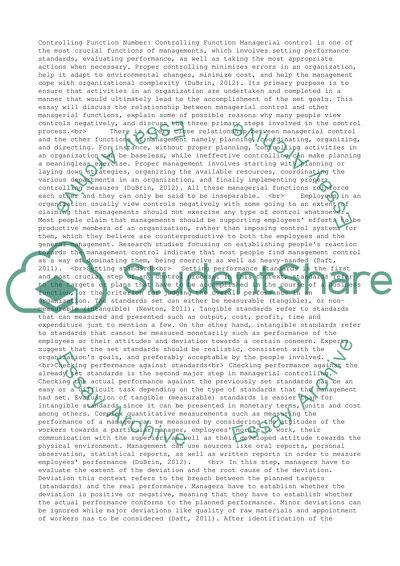Retrieved de https://studentshare.org/business/1658143-describe-the-relationship-between-the-controlling-function-and-other-managerial-functions
https://studentshare.org/business/1658143-describe-the-relationship-between-the-controlling-function-and-other-managerial-functions.


